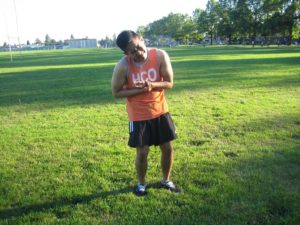Shingles can form in any part of the body. If an individual had chicken pox, the varicella-zoster virus responsible for it is still present in the body but in a dormant state for years. Once the virus is reactivated, it manifests as a local rash. The rash starts as a reddened area of skin, yet sore blisters might arise after a few days. The shingles blisters might last for 2-3 weeks. These blisters can be painful and itchy but there are steps to treat them and lessen the discomfort.
Measures in managing shingles blisters
If shingles is suspected, a doctor should be consulted. The doctor might prescribe a corticosteroid along with an antiviral drug. A combination of these drugs work by reducing the pain and inflammation linked with shingles as well as shortens the length of the rash.
- Over-the-counter drugs can be given during an episode of shingles for comfort. Antihistamines work by blocking the itchiness linked with the rash and available in oral, cream or lotion. Ibuprofen and aspirin are ideal choices to lessen the pain along with anti-inflammatories to reduce the swelling.
Over-the-counter drugs can be given during an episode of shingles for comfort. - When bathing, add colloidal oatmeal. Making sure that the shingles blisters are clean is vital in preventing its spread and lower the risk for infection. Adding colloidal oatmeal helps relieve the itchiness and irritation.
- Place a cold compress on the site of the shingles blisters. The cold works by reducing the inflammation linked with the blisters as well as alleviate some of the discomfort and briefly stop the itchiness.
- An individual with shingles blisters should take time to rest and relax. Always bear in mind that emotional stress can activate the varicella-zoster virus, resulting to the shingles blisters. Adequate rest and lowering the stress levels allows strengthening of the immune system and fight off any ailment.
Make sure that all towels, clothing and washcloths exposed to the shingles blisters are thoroughly washed. This helps in preventing the spread of the virus to others.

